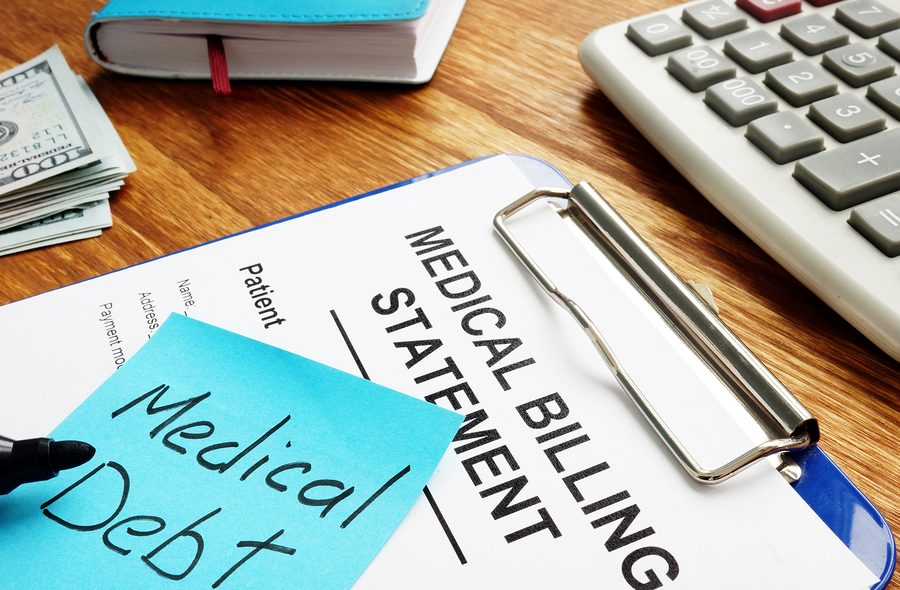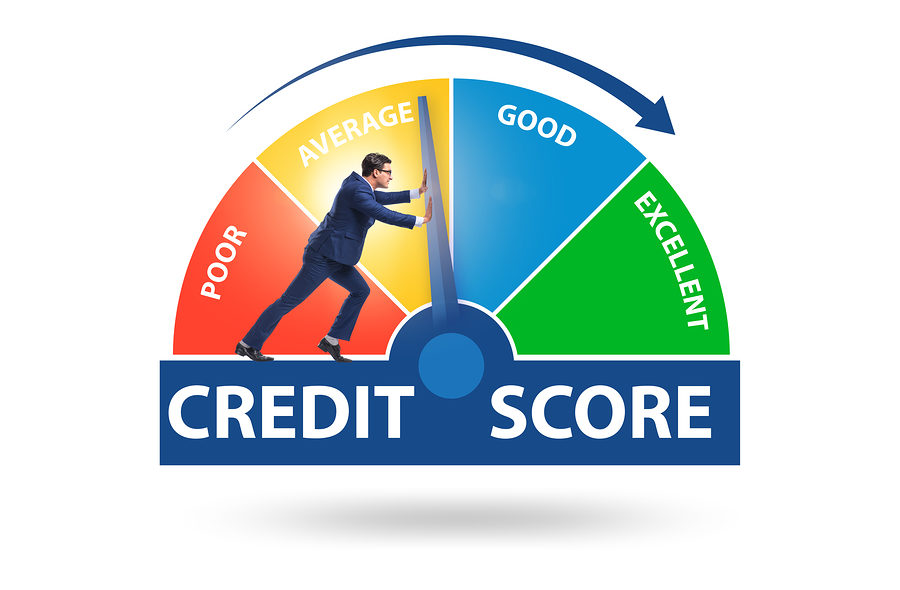Medical debt is a financial stressor for many Americans. A vital medical procedure or trip to the emergency room can set someone back thousands of dollars in medical bills, even with insurance coverage. However, if the patient is not able to pay back these bills, that medical debt can turn into an even bigger problem if it’s reported to the credit bureaus.
According to a study from Families USA, approximately 5.4 million Americans were laid off, losing their health insurance coverage between February and May 2020. This figure is 40 percent higher than the previous recorded annual losses. Without health care coverage, it is safe to assume many of these bills will go unpaid.


